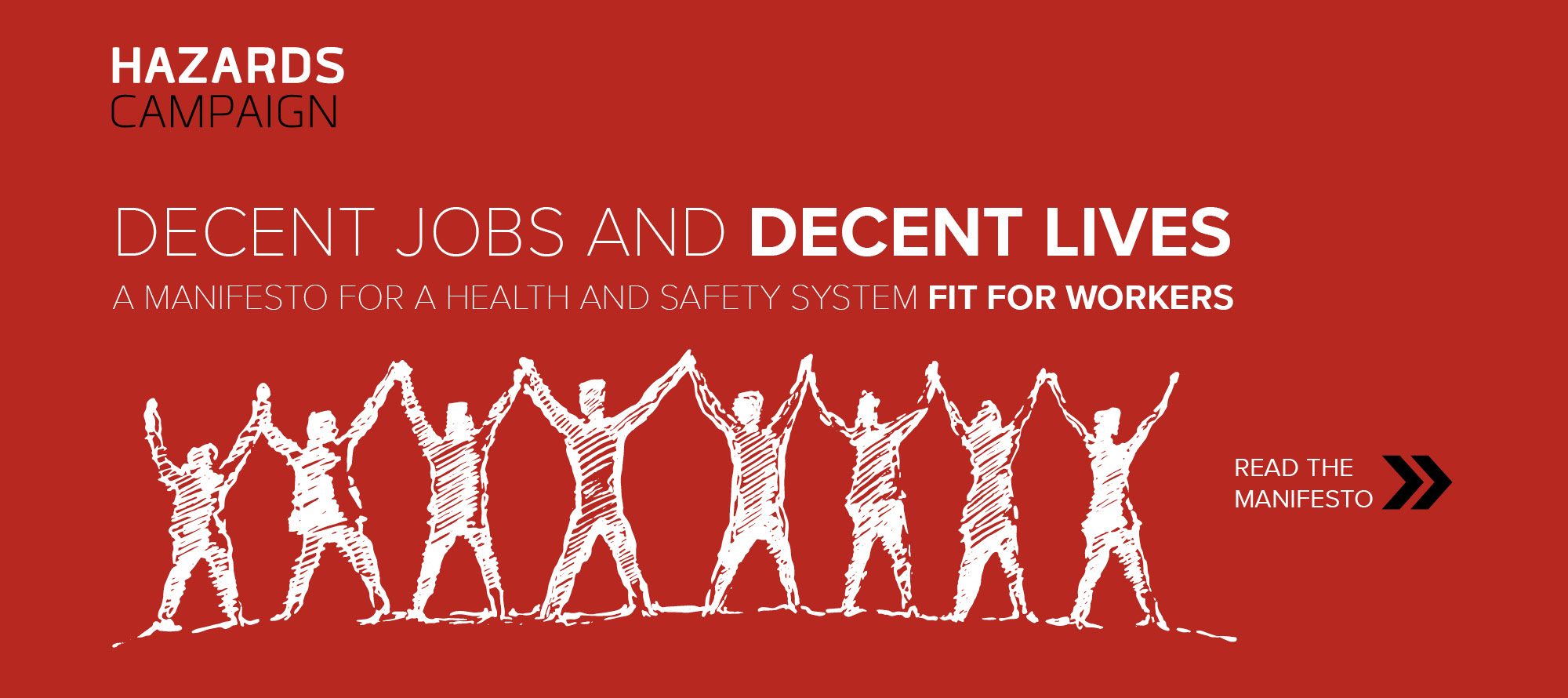ONS: Unemployment falls while pay squeeze continues
18 September 2014 The Office for National Statistics (ONS) have published their latest Labour Market Statistics, for May to July 2014. The statistics revealed that unemployment is continuing to fall, and employment is continuing to rise. However, wage growth remains at a record low.
18 September 2014
The Office for National Statistics (ONS) have published their latest Labour Market Statistics, for May to July 2014. The statistics revealed that unemployment is continuing to fall, and employment is continuing to rise. However, wage growth remains at a record low.
The unemployment figures are based on the ONS Labour Force Survey; a survey of 60,000 households, carried out once every quarter.
The Labour Force Survey showed that there are now 2.02 million unemployed people in the UK, 146,000 fewer than for the previous quarter (February – April 2014), and 468,000 fewer than the same quarter a year previously (May – July 2013).
Unemployment now stands at 6.2%; the lowest level since 2008.
However, the proportion of people in employment only rose slightly to 73.0% (May – July 2014), with 74,000 more people in employment than in the last quarter (February – April 2014), and 774,000 more than a year previously (May-July 2013).
The economic inactivity (those who are not in work but not seeking it) rate rose sharply, by 114,000 people, from 21.8% to 22.1%, accounting for a large proportion of the drop in unemployment.
David Freeman, ONS senior statistician, said, “Most of the growth is being driven by women working part-time, although there has been a slight increase in the number of full-time employees”
Since the pre-crisis peak, 70% of employment growth has been accounted for by self-employment.
Wage Growth
ONS reports that Average regular pay for employees in Great Britain was £450 per week before tax in July, just 0.7% higher than a year earlier. This “reflects low pay growth across a wide range of industrial sectors” according to the ONS.
Inflation (Consumer Prices Index) now stands at 1.6%. While this is low, it remains well ahead of wage growth.
In August, the Bank of England halved its forecast for average wage growth, claiming that it now expects wages to rise by 1.25% this year.
Stephen Timms, Labour’s shadow employment minister, said: “Today’s fall in overall unemployment is welcome, but the new figures have shown working people are seeing their pay falling far behind the cost of living.
“Pay excluding bonuses today is the lowest on record. Under this government wages after inflation have already fallen by over £1,600 a year since 2010 and by next year working people will have seen the biggest fall in wages of any Parliament since 1874.”
Job Quality
While unemployment may be falling, many of the jobs created are low-paid and unstable. ONS estimates that 1.4 million workers are on Zero Hours Contracts. Last month it was reported that one in five workers are now low paid, and 3.4 million workers workers are underemployed.
Frances O’Grady said at the time, “The causes of Britain’s pay squeeze are much wider and deeper than stingy pay rises. The economy is very good at creating low-paid jobs but not the well-paid ones that workers really need”.
To read about Zero Hours Contracts, a major contributor to underemployment figures Re-regulating Zero Hours Contracts, is available now.





